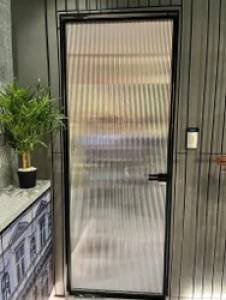
Laminated glass is a superior type of safety glass that offers significantly improved strength, security, and acoustic performance compared to traditional annealed glass. It's constructed by bonding two or more layers of glass with a strong, transparent interlayer, typically polyvinyl butyral (PVB). This interlayer is the key to laminated glass's unique properties.
Key Features & Benefits:
Applications:
Laminated glass finds widespread use in a variety of applications, including:
Choosing the Right Laminated Glass:
Selecting the appropriate laminated glass depends on the specific application and desired performance characteristics. Factors to consider include:
Contact us today to discuss your specific needs and find the perfect laminated glass solution for your project.